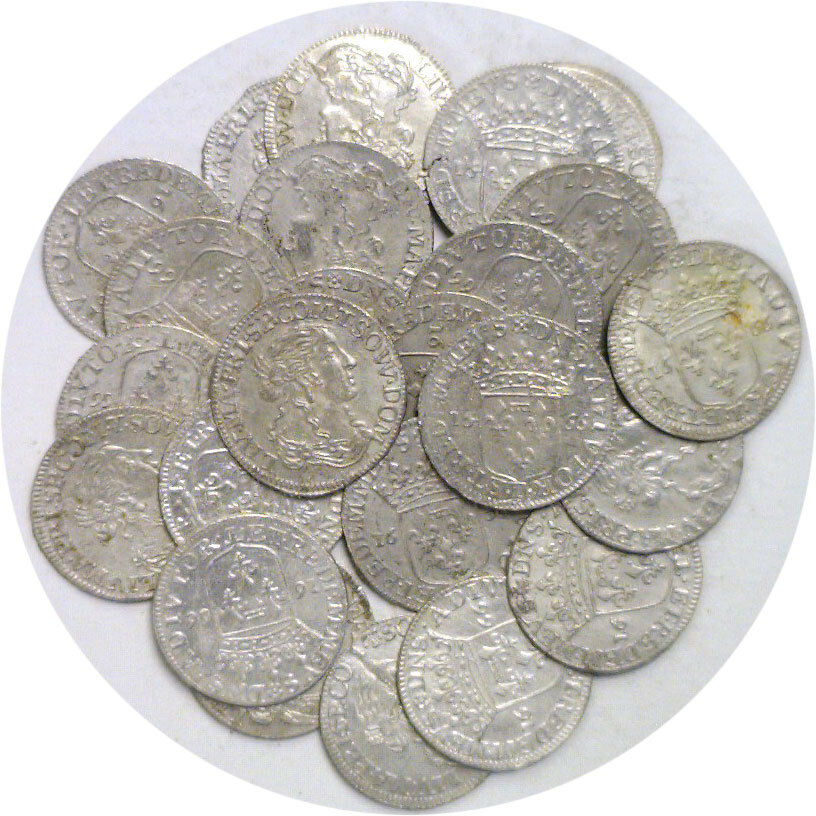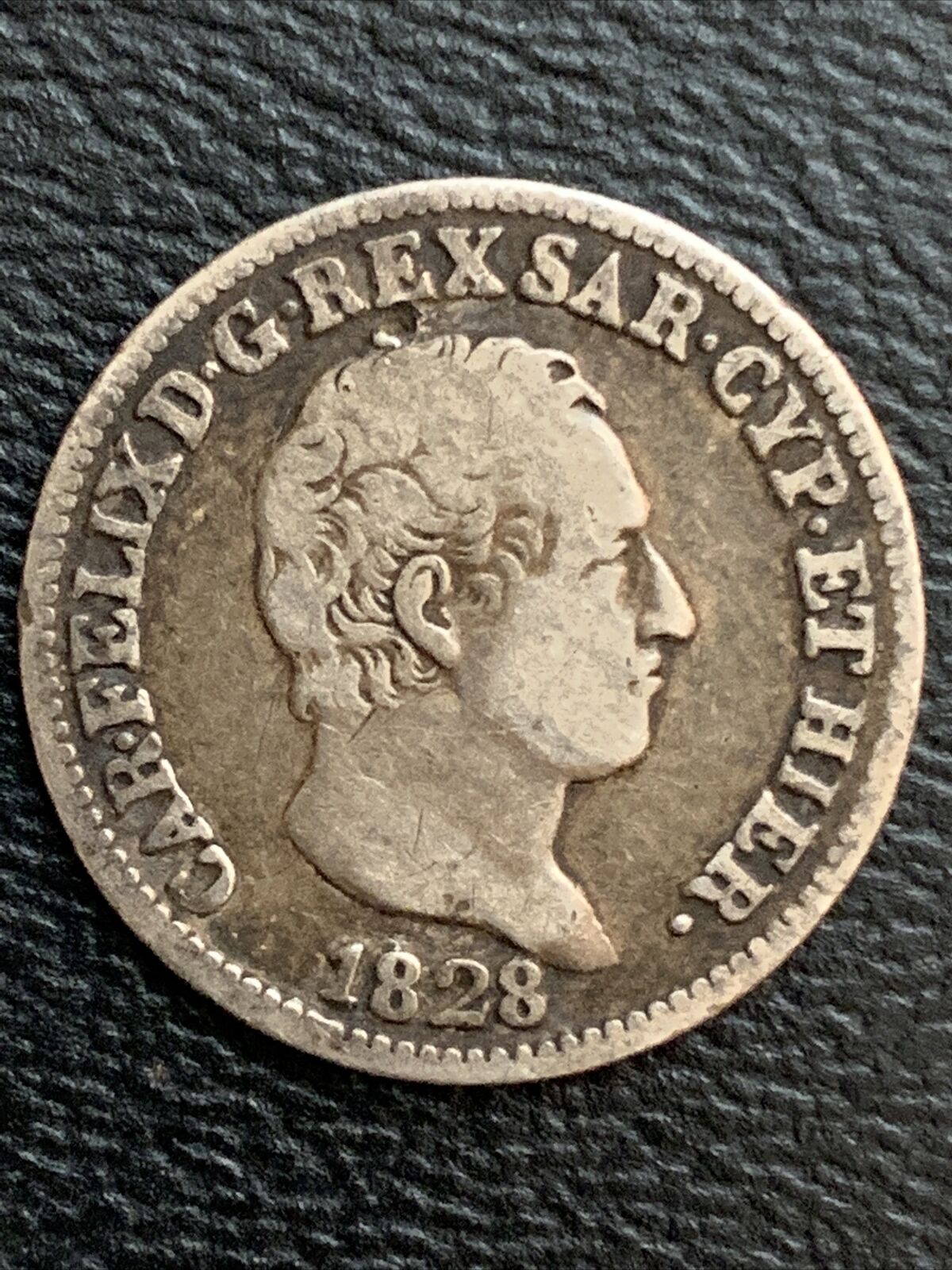-40%
1526, Doges of Venice, Andrea Gritti. Silver ½ Lira (Marcello) Coin. PCGS MS-63!
$ 292.33
- Description
- Size Guide
Description
CoinWorldTV1526, Doges of Venice, Andrea Gritti. Silver ½ Lira (Marcello) Coin. PCGS MS-63!
Mint Period: 1525-1526
Doge: Andrea Gritti (1523-1538)
Reference: CNI 133, Paolucci 6.
R!
Denomination: ½ Lira (Mezza Lira or Marcello)
Condition:
Certified and graded by PCGS as MS-63!
Mint Master: Piero Loredan (PL, 30 August 1525 - 28 September 1526)
Material: Silver
Weight: 3.4gm
Obverse:
St. Mark standing right, giving banner to Doge kneeling before him. Mint master´s initials (P-L) at sides.
Legend: • S M • VENET / DVX (vertical along banner) / AND / GRITI
Reverse:
Christ Pantocrator enthroned facing. Christogram (IC-XC) at sides.
Legend: GLORIA • - • TIBI • SOLI • ("
Glory to you (referring to Jesus) alone!
")
In Eastern Christianity, the most widely used Christogram is a four-letter abbreviation,
ΙϹ ΧϹ
— a traditional abbreviation of the Greek words for "Jesus Christ" (i.e., the first and last letters of each of the words
"ΙΗϹΟΥϹ ΧΡΙϹΤΟϹ
, with the lunate sigma "Ϲ" common in medieval Greek), and written with titlo (diacritic) denoting scribal abbreviation (
І҃С Х҃С
). On icons, this Christogram may be split: "ΙϹ" on the left of the image and "ΧϹ" on the right. It is sometimes rendered as "ΙϹ ΧϹ ΝΙΚΑ", meaning "Jesus Christ Conquers." "ΙϹΧϹ" may also be seen inscribed on the Ichthys. In the traditional icon of Christ Pantokrator, Christ's right hand is shown in a pose where his fingers bend and cross to form the letters ΙϹ, Χ, and Ϲ.
Authenticity unconditionally guaranteed.
Bid with confidence!
Andrea Gritti
(1455 - 1538) was the Doge of Venice from 1523 to 1538, following a distinguished diplomatic and military career.
Gritti was born in Bardolino, near Verona. He spent much of his early life in Constantinople, looking after Venetian interests. In 1499, he was imprisoned on charges of espionage, but escaped execution due to his friendship with the vizier, and was released several years later.
In the early sixteenth century Venice lost nearly all its territory on the Italian mainland, and Gritti played an important part in the events connected with this loss and the eventual return to the
status quo ante
. In 1509, after the Venetian defeat at the Battle of Agnadello, Gritti was appointed as proveditor to the Venetian army in Treviso; ordered by the Council of Ten to support revolts against the invaders, he successfully engineered the return of Padua to Venetian hands, and its subsequent defence against the Emperor. In 1510, following the death of Nicolo di Pitigliano, Gritti took command of Venice's army, but was forced to withdraw to Venice by French advances. He continued as proveditor through end of the League of Cambrai and the subsequent war of the Holy League. In 1512, he led the negotiations with Francis I that resulted in Venice leaving the League and allying with France.
Elected Doge in 1523, Gritti concluded a treaty with Charles V, ending Venice's active involvement in the Italian Wars. He attempted to maintain the neutrality of the Republic in the face of the continued struggle between Charles and Francis, urging both to turn their attention to the advances of the Ottoman Empire in Hungary. However, he could not prevent Suleiman I from attacking Corfu in 1537, drawing Venice into a war with the Ottomans. He died in 1538.
Only 1$ shipping for each additional item purchased!












